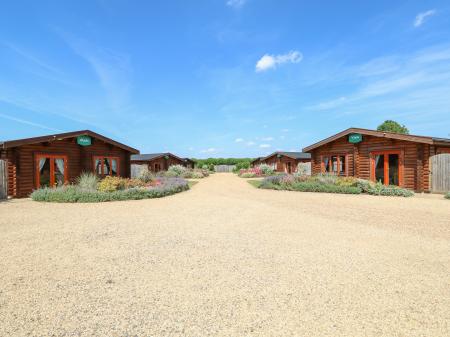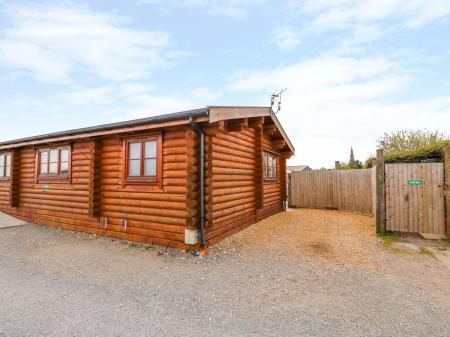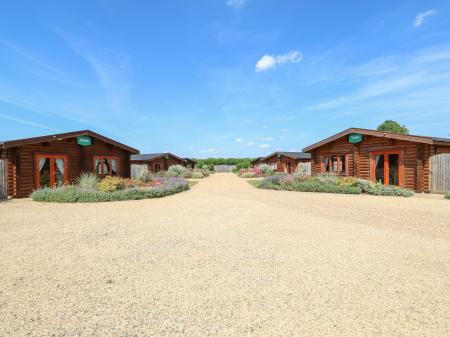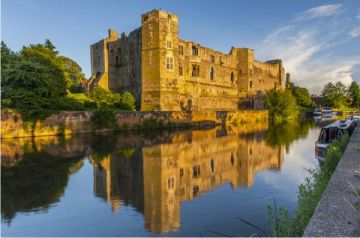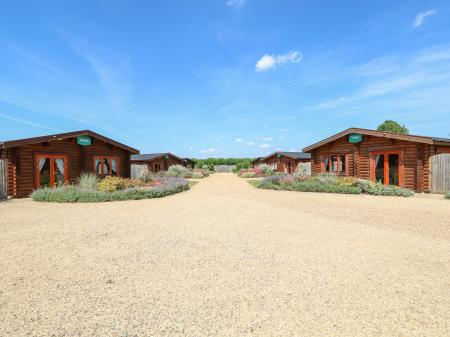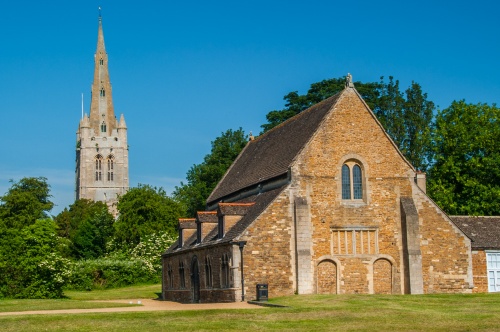
Oakham Castle Horseshoes
The castle is famous for its collection of ceremonial horseshoes; since the late Middle Ages, every time a peer of the realm visits Oakham for the first time they are bound to present a horseshoe to the lord of the manor. There are several hundred of these, some of gigantic size, displayed on the walls of the castle great hall. The earliest dates to 1474 and was donated by King Edward IV.
A short stroll from the castle grounds brings you to the old medieval Butter Cross, set in an open courtyard in front of Oakham School. The Butter Cross dates to at least 1611 and has an intriguing set of stocks with 5 leg holes. No one knows why there are five holes, but several humourous scenarios do suggest themselves! Oakham School was established in 1584 by Robert Johnson, who also founded Uppingham School.
Behind the school is All Saints church, crowned with a beautiful 14th-century spire. There was a church here in the 11th century, but the current building is mostly 13th and 15th century. There is a wonderfully carved late Saxon or early Norman font, but the best feature of All Saints is the fabulously carved column capitals of the nave, which are decorated with a variety of symbols including Reynard the Fox, and a Green Man with vines emerging from his mouth.
Between the church and High Street is Dean's Street, a narrow medieval lane formerly known as Dead Man's Lane because it was used to carry coffins to the church. Back on the High Street is Flore's House, possibly the oldest house in Oakham. The house is late 14th century and was once owned by Roger Flore, who served four times as Speaker of the House of Commons over the years 1416-1422.

Hudson's House
Further along High Street is a lovely thatched cottage that was once the home of Jeffrey Hudson, who was born here in 1612 (or 1619, sources are not clear). Hudson was celebrated as 'the smallest man from the smallest county'. He was so small that he was once served in a pie by the Duke of Buckingham when that nobleman hosted a banquet for Charles I. Hudson became a member of the royal court but was disgraced after a duel, and eventually died in poverty.
A short distance from Hudson's Cottage is the Oakham Signal Box, a pretty railroad crossing signalling building, built in 1899 by the Midland Railway company. The Signal Box featured as an illustration on Airfix and Hornsby modelling kits. Just off the other end of High Street is the Rutland County Museum, with displays of local history and culture. If there's anything you want to learn about Rutland, the museum is the best place to start!
Oakham Heritage Trail
The Rutland Tourism body (www.discover-rutland.co.uk) puts out a very useful leaflet with a map illustrating all the town's historic attractions, and this can be very useful in planning a walking tour around town. There is also a waymarked Heritage Trail which takes in many of Oakham's most interesting historic sites. Oakham is a pretty place, and all the historic attractions are within a short walk of each other.




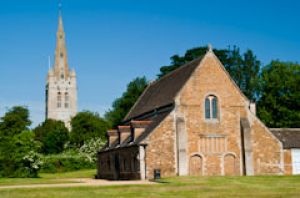






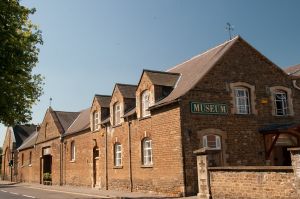
 We've 'tagged' this attraction information to help you find related historic attractions and learn more about major time periods mentioned.
We've 'tagged' this attraction information to help you find related historic attractions and learn more about major time periods mentioned.